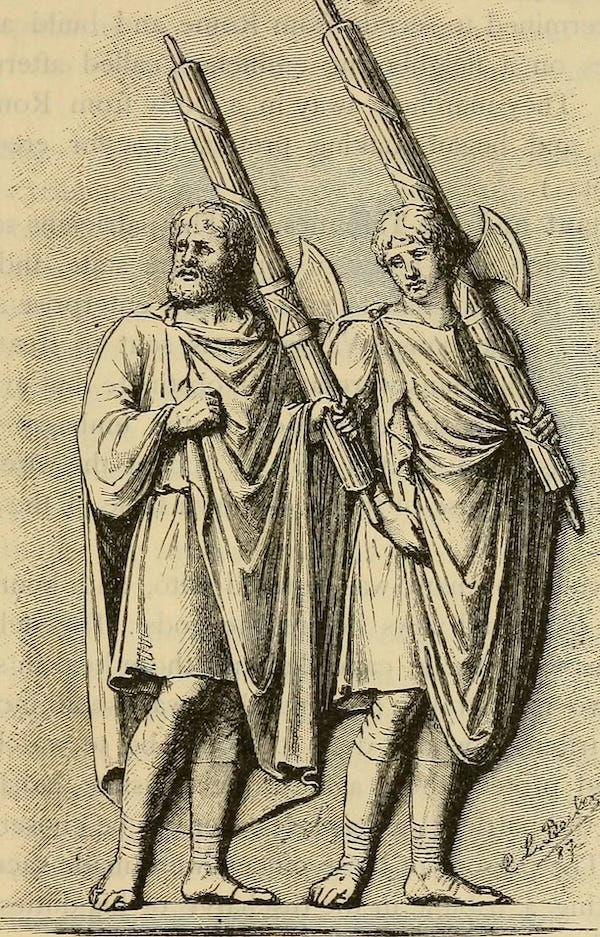But is it fascism?
Manage episode 431638879 series 3588922

For the last several years, both within and outside of the United States, there has been a lot of talk about fascism. The word, naturally enough, is always used in a derogatory manner, as not even the most fascist among contemporary individuals and movements actually want to be addressed that way. But what does it mean to be a fascist, exactly?
The word itself comes from the decision by Benito Mussolini, in 1919, to adopt the “fascio” as symbol of his new movement, which officially became a party two years later and seized power in Italy in 1922, capitulating only in 1943 near the end of the European campaigns of World War II.
The fascio (i.e., bundle) represented the power of the Tribunes of the Plebes in the ancient Roman Republic, derived from an even earlier tradition connected with the Etruscans. The same symbol was then reused during the French Revolution and the Italian Risorgimento (the war of national liberation) in order to represent the power of the people. It is therefore ironic, and somewhat shrewd, that Mussolini adopted it to epitomize the spirit of his autarchic system of government.
A common dictionary definition of fascism runs something like the following: “An authoritarian and nationalistic right-wing system of government and social organization.” My Apple dictionary helpfully adds: “The term Fascism was first used for the totalitarian right-wing nationalist regime of Mussolini in Italy (1922–43); the regimes of the Nazis in Germany and Franco in Spain were also Fascist. Fascism tends to include a belief in the supremacy of one national or ethnic group, a contempt for democracy, an insistence on obedience to a powerful leader, and a strong demagogic approach.” Now we are getting somewhere. So far, we have the following elements:
Authoritarianism
Nationalism
Right-wing ideology
Contempt for democracy
Demagogy
Single supreme leader
As the dictionary observes, Nazism and Franchism—together with similar regimes in other times and places, like the one set up by Pinochet in Chile—were all examples of fascism (many more are listed here). Why?
If we look again at the list above, we see that the very same characteristics—except for the rather unhelpful “right-wing ideology”—also mark dictatorial or totalitarian regimes that we usually associate with “the left,” for instance Stalin’s Soviet Union. Authoritarianism? Check. Nationalism? Check (despite pretenses to internationalism). Contempt for democracy? Check. Demagogy? Big check. Single supreme leader? Yup.
17 episodes




